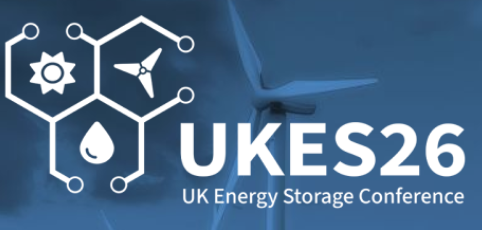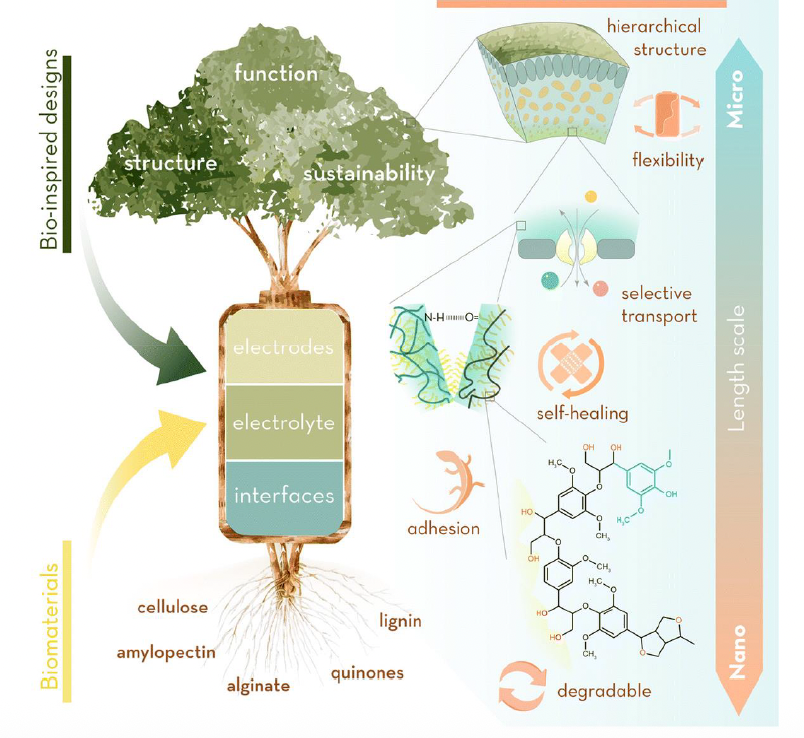
Report and Analysis: Great Britain’s Energy Vectors and Transmission Level Energy Storage
The UK not only needs to determine how the increasing national energy demand will be managed through the inclusion of renewable energy sources and alternative energy vectors, but also how the transmission networks will cope with the expected peaks of supply. In this paper researchers from the University of Sheffield use UK as an example to present the challenges facing many developed countries in terms of the load increases in the energy transmission networks; the issues with energy storage solutions to manage intermittency of renewable supplies, and suggests Synthetic Natural Gas as an interesting energy carrier that could use existing natural gas infrastructure.
The paper firstly presents the scale of energy storage schemes connected to Great Britain’s (GB) electrical system at the transmission level, and compares them to the scale of daily energy demand through the gas, electrical and liquid fuel networks. When this data is expressed graphically it illustrates important differences in the demand characteristics of these different vectors; these include the scale of energy delivered through the networks on a daily basis, and the scale of variability in the different demands over multiple timescales (seasonal, weekly and daily).
The authors conclude that this comparison of the daily gas, electrical and transport fuels has shown serious challenges in moving away from fossil fuels. “Even allowing for future improvements in domestic energy efficiency and electric heating technologies (such as heat pumps), the UK’s ageing electrical system is likely to see a significant rise in daily energy flows if heat and transport demands are shifted over from the gas and liquid fuel networks, which would result in significant upgrading costs to cope with increased peak flows.” The authors suggest that a reduction in the overall national energy demand e.g. by making the built environment increasingly energy efficient, is a priority for transitioning to a low-carbon economy and should continue to be the cornerstone of all policies.
Synthetic Natural Gas as energy carrier is suggested as a possible solution that could use existing natural gas infrastructure by re-cycling the CO2 released to manage the energy load without increasing emissions.
This paper can be accessed from Elsevier here, with reference Energy Procedia, Vol 62, 2014, Pages 619–628













